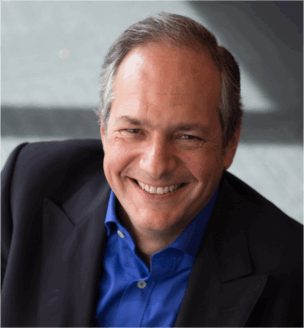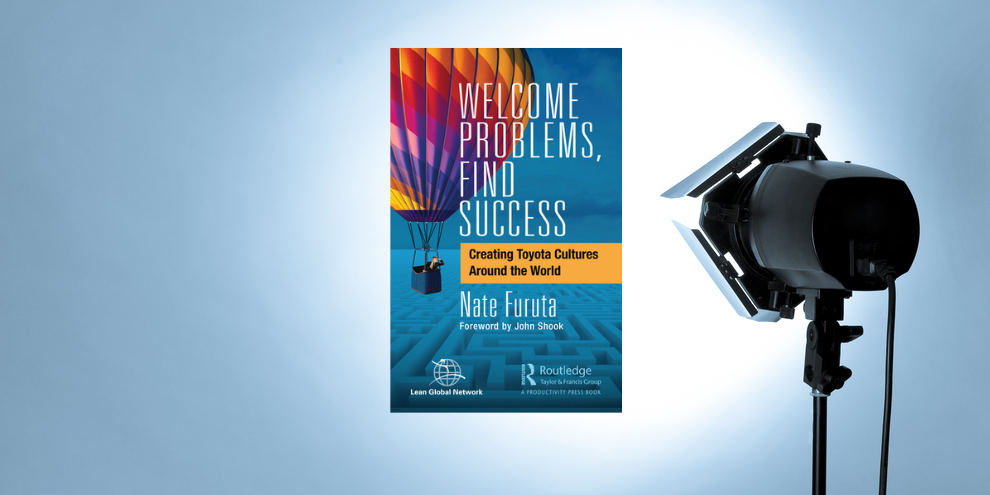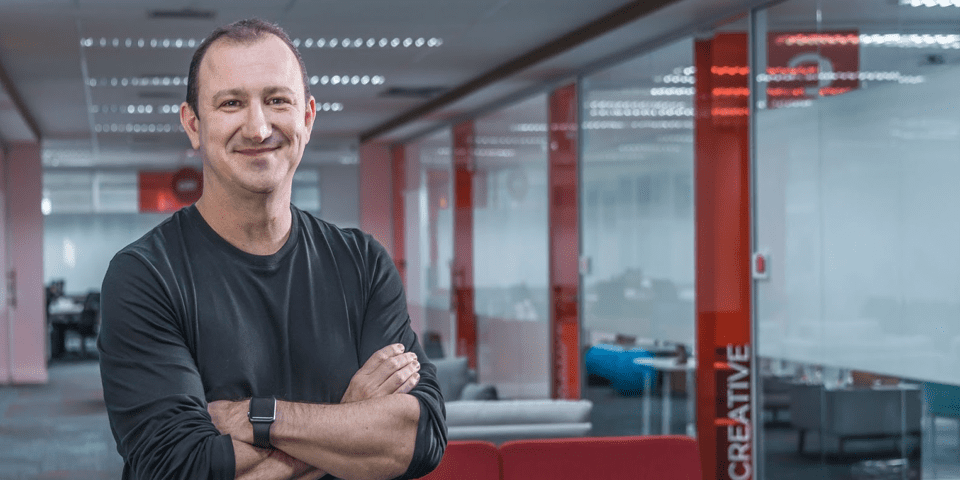
What is a real lean transformation?
FEATURE – Looking at successful journeys, the authors explain why a true lean transformation requires a chain of mentoring in TPS to fulfil the promise of each person’s individual learning.
Words: Michael Ballé and Alejandro Garcia-Mella
Last Friday, Nicolas Chartier and Guillaume Paoli led the largest Initial Public Offering on the Euronext stock exchange since 2019 for Aramis Group, the company they started 20 years ago with a phone and a laptop in a studio. This is a spectacular entrepreneurial success and lean is part of the story.
Keen students of business, Nicolas and Guillaume knew that growth would bring its load of operational problems. Watching other companies in their sector flounder, they saw that complexity and growing legacy could easily lead to poorer customers service and increased overhead costs. They’d heard about lean since their business school days and read what they came across about it, thinking of ways this way of thinking could help them sidestep “big company disease”.
In 2012, Guillaume and Nicolas started an experiment with a lean consultant to sort out the operational issues they were painfully aware of. The results were interesting, but inconclusive. Still, in the next couple of years, they hired a lean director and established their own internal lean program that was essentially project based. Their experience was common to that of many leaders who decide to try lean: each project showed initial appetizing results, but then failed to deliver in the mid-term, to actually transform processes, and in the end to demonstrate bottom-line results.
By 2017, they finally followed the advice they’d read in all the lean books, found a sensei and started learning the Toyota Production System (TPS) on the gemba – the traditional way. Although this approach didn’t look like much to start with and certainly didn’t seem scalable, it turned out to be the pivot to recapturing an improvement dynamic throughout the company and, in the end, a spectacular success. What neither of them expected was that lean was not simply a way to get operations under control, but a fully different way to do business – developing people to always put customers first. Lean taught the executives to ask the hard questions: “What problem are we trying to solve?” “What is our analysis of the current situation?” “Have we asked ‘why?’ deeply enough?” “What are the alternative options to every strategy?” – questions that encouraged people to learn rather than shoot from the hip and just decide and execute.
The turning point occurred when Nicolas asked himself: why shouldn’t the CEO be the sensei? Indeed, this was the same question previous pioneers, such as Art Byrne or Freddy Ballé, had answered. Lean CEOs act as sensei to their organizations. Nicolas went out of his way to meet other experience lean leaders, like Marc Onetto from Amazon or Orry Fiume of Wiremold fame, and led a team of lean authors to clarify the subject, resulting in his co-authoring The Lean Sensei. This team of lean thinkers continued to explore the learning theory underpinning the practical learning knowledge acquired from the original Toyota sensei.
It is often said of lean that many companies try but few succeed. But when they do succeed, they do so spectacularly. Looking inside success stories, like Wiremold or Aramis itself, gives us hints on what can go right and wrong in a lean transformation. In some areas of the company, such as the commercial network, logistics and production, Nicolas was quickly successful in mentoring his direct reports to the TPS as he was himself being coached, while in some other areas not so much. The difference in trajectory was starkly visible.
Results from TPS, it turns out, do not come from applying better processes to the organization but from creating a learning environment where the people themselves learn to look for ways to improve customer satisfaction and lower overall costs, by themselves. The TPS is not an organizational set-up, but a training program with four clear levels:
- Line of sight: the top of the house orients everybody every day towards customer satisfaction and towards asking again and again what customer satisfaction really means in this case. The question always comes down to “Are we doing this because it’s better for the customer or because it’s easier for the company?” This line of sight reminds us to always try to bring value closer to customers – it gives us orientation and intent.
- Challenging problems: the constant pressure to 1) reduce lead-times (just-in-time) and 2) build-in quality by reacting faster to every abnormality (jidoka) are “troublesome problems”, as they are known in learning theory: problems that never cease to be difficult, never cease to be a problem (whatever your current lead-time, halve it) and lead to breaking the current logic and coming up with new, creative breakthrough concepts.
- Routine deliberate practice: challenging problems deliver breakthroughs only if people practice their problem-solving skills daily, through routine learning activities such as making sure the daily workload is leveled, practicing with known standards, and engaging in kaizen to look for small-step improvements.
- Learning conditions: in order to learn-by-doing, teams must be autonomous and led by a trained team leader. Additionally, people must be trained regularly to handle their own problem solving and the systems of the company must be enabling, rather than red-tape bureaucracy that drags on everyone improvement spirit.

This learning model is based on the theory of problem-based learning – how adults learn. Adults learn very differently from children because they are already experienced with many topics, they know what they know. Consequently, a smart way to get adults to learn is to let them grapple with concrete problems. Real-life problems trigger:
- Activation of existing knowledge and, hopefully, striving for elaboration of this knowledge.
- Situational interest: learning is hard, but people are motivated to make the effort because it’s part of a team activity and they’re expected to show something.
- Self-directed learning: the trickiest part of the approach. Learning does not occur during the group discussions but does happen every time someone goes on to read, try, or discover something on their own.
- Scaffolding and mentoring: the methods used to analyze the problem and the mentoring required to accelerate progress (good mentors steer learners to more promising experiments).
These four elements of problem-based learning are ever present in the TPS, which forms a full learning system, getting people to both practice at routine level through standards and kaizen and go for the bigger breaks, with just-in-time and jidoka. In Aramis’ case, the company succeeded in reducing customer delivery lead-time from several weeks to 24 hours by solving both small and large challenges.

The truly difficult point is that learning remains individual. It requires a collective setting for motivation and exchanging ideas and points of view, particularly in the fog-of-war, but the magic moment remains personal – someone has to learn something, and then share it to expand on it. Learning also requires accepting to step out of one’s comfort zone and try new things; not everybody is equally open to this experience.
This is why a lean transformation seems like a journey. In fact, transformation occurs where chains of mentoring, from senior to junior, occur. In departments where people side-step TPS and are content simply implementing the new processes as if they were best practices to roll out, nothing much happens (nothing bad either, as the new processes tend to be copied from the learning obtained by lean thinkers).
This is why teaching lean piecemeal, through the tools, through “lean” projects or through the many “lean-light” methods invented by consultants is a bad idea. The TPS is a robust, time-tested and smart method to visualize problems, identify waste and kaizen it – and from doing so, through deliberate, constant practice and lifelong hours, coming up with breakthrough ideas (such as the idea that trucks can be controlled to the minute) and breakthrough results (24-hour delivery). A lean transformation is not an organizational transformation, but a thinking one – which comes from learning and practicing the TPS.
Like Art Byrne or Freddy Ballé before them, Nicolas and Guillaume are among the most talented and innovative entrepreneurs of their generation. What lean offers them is a method to achieve repeatable results, as they are currently demonstrating with their hypergrowth, integrating operations in new countries without imposing central processes but simply by mentoring TPS on the gemba. This, we believe, is the vexing answer to why so many companies try and so few succeed, but those that succeed do so spectacularly. Lean is a learning system, and it needs to be taught one person at a time, on the gemba, in a chain of mentoring – that is what a true lean transformation looks like.
THE AUTHORS


Read more


INTERVIEW – PL meets the author of the recently published book Welcome Problems, Find Success, who discusses bringing lean to different cultures and changing managerial behaviors.


FEATURE – Setting the right buffer limits and re-order point, triggering production of an item, is critical for an organization to manage inventory. In his latest article, Ian Glenday explains why, once again, picking flow over batch logic is a no-brainer.


FEATURE – In this article, we learn how a simple andon system and lean problem solving helped Theodo move past some of the most common obstacles that Agile alone can’t overcome.


INTERVIEW – At last month’s Lean Digital Summit in Lisbon, César Gon told attendees how, with lean digital, we have an opportunity to finally get the attention of CEOs and business leaders.

